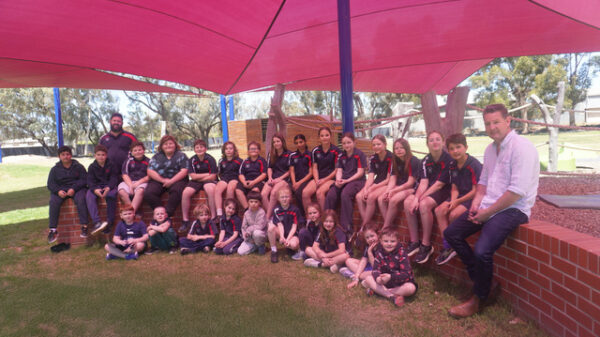A recent study from The Australian National University (ANU) and the Heavy Industry Low-carbon Transition Cooperative Research Centre (HILT CRC) highlights a significant opportunity for heavy industries to achieve 24/7 renewable energy. This research indicates that sectors such as steel, aluminium, and cement can enhance their energy efficiency and reduce emissions through intelligent integration of solar power and battery storage.
According to the findings, the integration of renewable technologies can lead to substantial reductions in electricity costs. Dr. Bin Lu, the lead author of the study, emphasized, “Our modelling shows that the next advance in industrial decarbonisation will come from smarter use of renewable technologies.” By adopting innovative operational strategies, industries can maintain continuous renewable energy use while lowering their electricity expenses.
Innovative Modelling Framework
The ANU research team developed a high-resolution energy modelling framework to simulate continuous operations in heavy industries. This approach captures the fluctuations in solar and battery outputs over time, allowing for a more accurate assessment of energy needs and consumption patterns. The model was applied to various case studies within Australia’s heavy industry sector.
Dr. Lu further noted, “Instead of waiting for technology to get cheaper, we can unlock greater benefits by integrating renewables smartly.” This system-level approach aims to transform the concept of 24/7 green electricity into a tangible reality for Australian industries.
Collaboration and Future Implications
The study has garnered support from HILT CRC Chief Executive Officer Jenny Selway, who stated that the research exemplifies how partnerships can facilitate strategic planning for the clean energy transition in heavy industries. “Heavy industries are vital to Australia’s economy,” she explained. “Through collaborations like this, we’re building the knowledge base that helps industries invest confidently in renewable energy and decarbonisation.”
The implications of this research align with the goals set by the Australian Energy Market Operator in its Integrated System Plan, as well as the national target to achieve net-zero emissions by 2050. As part of the HILT CRC project entitled “Low-cost reliable green electricity supply for low-carbon heavy industry,” the study is published in the journal Solar Energy.
This groundbreaking research provides a roadmap for heavy industries looking to transition to greener energy solutions, reinforcing the importance of innovation and collaboration in addressing climate change.



























































